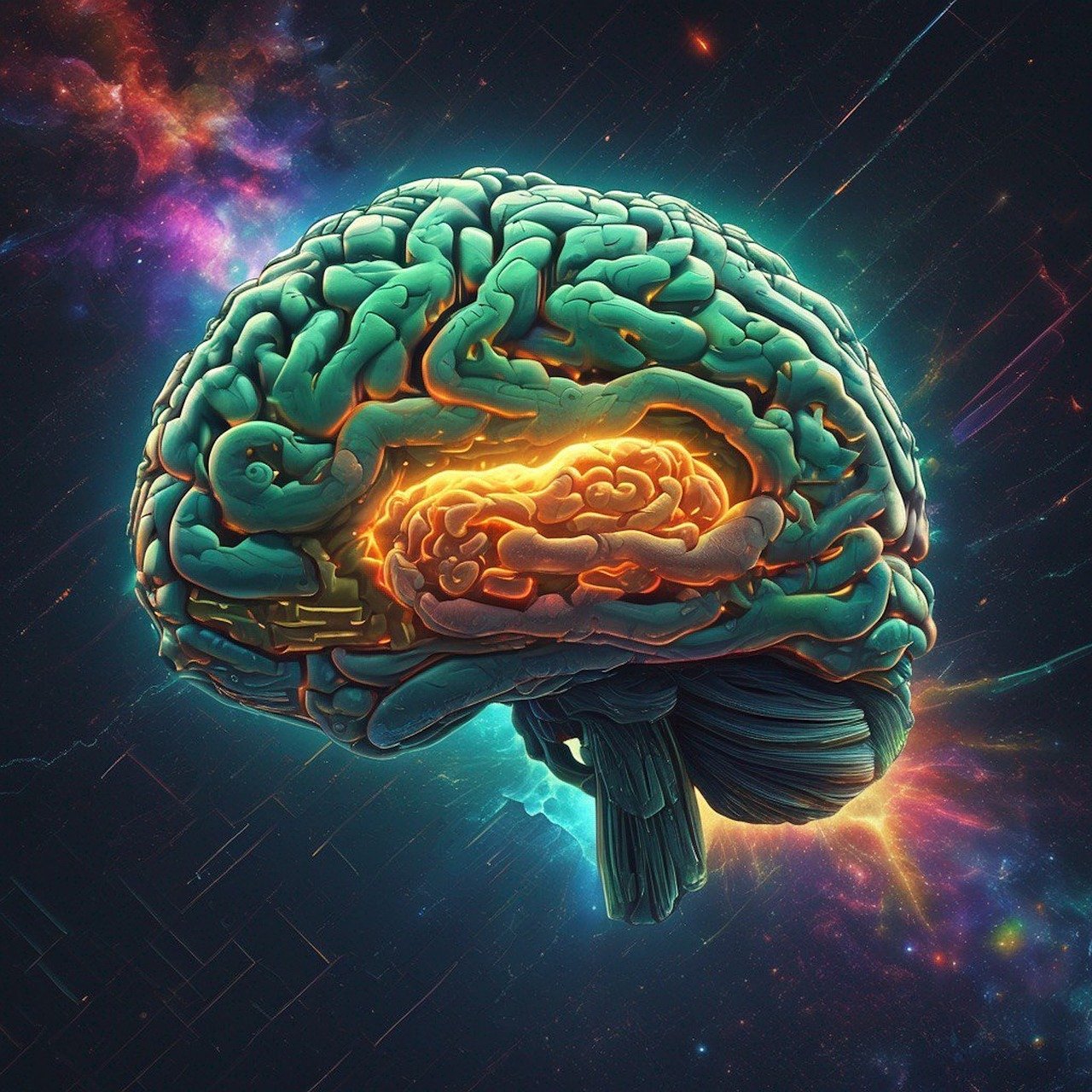Biological computer with a mixture of water and salt

This artificial synapse brings us a little closer to the creation of a computer that is increasingly similar to a human brain.
Ateam of theoretical physicists from Utrecht University, together with experimental physicists from Sogang University in South Korea, have shown that it is possible to build a system similar to the human brain , marking an important step forward in iontronic neuromorphic computing. This artificial synapse runs on water and salt and provides the first evidence that a system that uses the same medium as our brain is capable of processing complex information.
Imitating the human brain?
Our brain is a complex machine that works very efficiently and to imitate the extraordinary capabilities of our human brain, scientists are trying to develop new computers in order to improve the energy efficiency of current computers, since our brains only need water and dissolved salt particles called ions . The synapses of the brain, which are the junctions between neurons where the information that is transported is transmitted and processed, do so using electrically charged ions, atoms or molecules, dissolved in water.
Computers are not built like brains; They need hardware , but could they? Can you imagine a conventional computer that works only with water and salt? This intriguing possibility lies at the heart of the burgeoning field of iontronic neuromorphic computing.
Iontronic memristor
The new study, published in the journal Proceedings of the National Academy of Sciences, shows that it is also possible to generate an artificial synapse using only water and salts.
“While there are already artificial synapses capable of processing complex information based on solid materials, we now demonstrate for the first time that this feat can also be achieved using water and salt,” explained Tim Kamsma, a graduate researcher at Utrecht University and lead author of the work. . ” We are effectively replicating neural behavior using a system that uses the same medium as the brain.”
An iontronic computer?
Science has been reflecting for a long time on how to build an artificial system that reflects the functionality of the human brain. The device, called an iontronic memristor , “remembers” how much electrical charge has previously flowed through it, bringing us closer to generating artificial systems capable of imitating the ‘superpowers’ of the human brain. It is a small synapse that measured 150 by 200 micrometers (for comparison, a strand of human hair has a diameter of 100 micrometers).
How does it work?
The device consists of a cone-shaped microchannel filled with a water-salt solution, and upon receiving electrical impulses, ions within the liquid migrate through the channel, causing alterations in ion concentration. Depending on the intensity (or duration) of the impulse, the conductivity of the channel adjusts, reflecting the strengthening or weakening of connections between neurons. The change in the way the synapse conducts electricity can be measured and decoded to understand what the input signal was, which represents a kind of memory.
“This suggests the possibility of adapting the channels to retain and process information for different durations, similar to the synaptic mechanisms observed in our brain,” explains Kamsma.
We are in the early stages of this device and of iontronics as a progressing science in general. Obviously, this is not a computer that works like a computer, but it shows that it might be possible to make a computer-like device that not only has synapses, but also has synapses that behave like ours. After all, neurons in the human brain also emit electrical signals.
“It represents a crucial advance toward computers capable not only of imitating the communication patterns of the human brain but also of using the same medium. Perhaps this will ultimately pave the way for computer systems that more closely reproduce the extraordinary capabilities of the human brain “concludes the expert.
The human brain is the epitome of the complexity and sophistication of the natural world. It not only coordinates the basic functions of life, but also allows us to interpret and interact with the world around us. Understanding how the brain works is akin to unraveling a deep mystery, filled with intricate processes and dynamic interactions. And our thinking organ is an organ of exquisite architecture , divided into several parts, each one with specific functions. The largest part, the brain, is divided into two hemispheres and is responsible for integrating sensory information and coordinating voluntary movements. It is the seat of reasoning, emotions, learning and memory. The cerebellum, located below the brain, maintains balance and coordinates complex movements. The brainstem, which connects the brain to the spinal cord, controls functions essential for survival, such as breathing, heart rate, and blood pressure. It is a wonder of nature.




